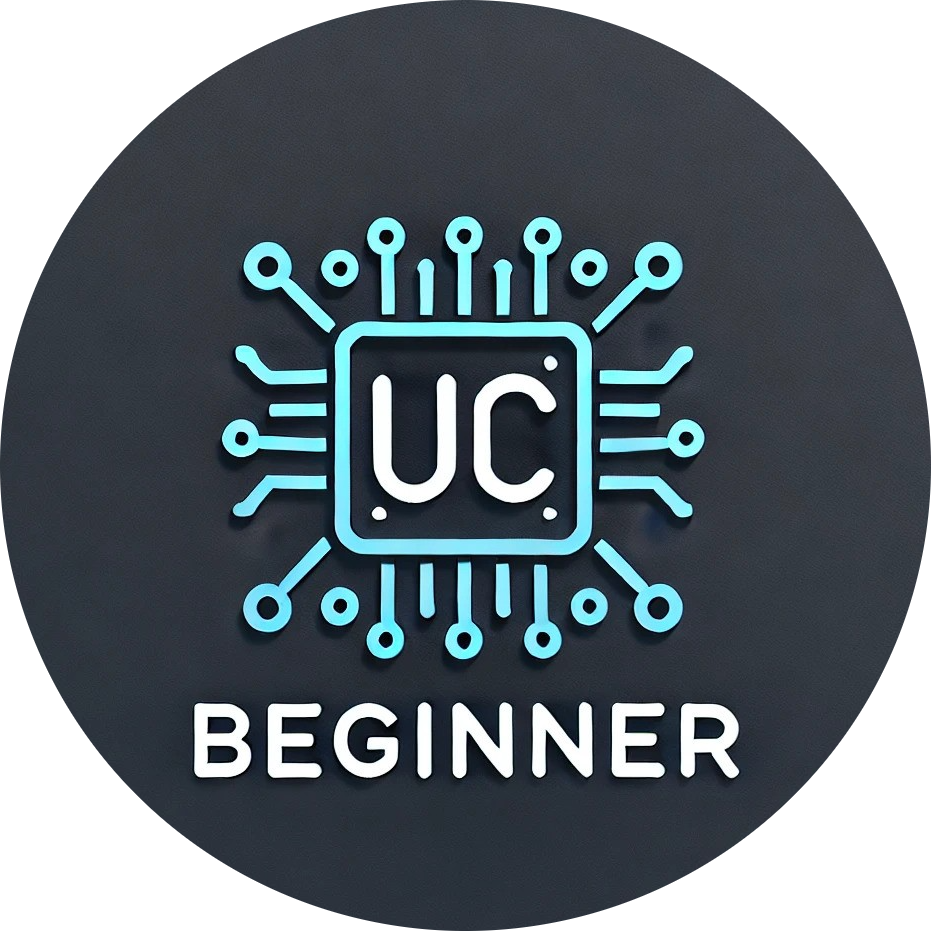If you are searching for the answer, what is the difference between a microcontroller and a microprocessor? Then you come to the right place. uCBeginner provides you with the latest information and enables you to select microcontrollers and microprocessors according to your project. In this blog, You will learn and get complete information according to your wish. So Let’s come back to the point.
What is a Microcontroller?
A microcontroller is a chip-integrated circuit control electrical device. Its have the ability to run more than one application at a time. Microcontroller chips are more with processor cores and other peripherals such as serial interface, memory, timer, programmable I/O peripherals, etc. The microcontroller is a single integrated circuit responsible for performing a particular program.
Some types of microcontrollers mentioned in this blog is mention below
- Intel MCS-51, sometimes known as an 8051 microcontroller, introduced in 1985
- The Atmel AVR microcontroller introduced in 1996
- Microchip Technology’s programmable interface controller (PIC) and several licensed Advanced RISC Machines (ARM) microcontrollers
How do microcontrollers work?
A microcontroller is integrated inside the same device to manage a particular function of a device. It executes this by interpreting data received from its I/O peripherals and using its core CPU. The short-term information that the microcontroller accepts and saves data memory. The processor reads it and employs instructions in its program memory to understand and apply the incoming data. It then utilizes its I/O peripherals to communicate and implement the necessary action. Microcontrollers are employed in a wide array of systems and applications. So, Devices often use multiple microcontrollers that work together to handle their particular tasks.
What are the elements of a microcontroller?
- Central Processing Unit (CPU)
- Flash Memory
- EEPROM
- Uart, SPI and I2S peripherals etc
- GPIOs
- Analog to Digital Converter (ADC)
- Digital to Analog Converter (DAC)
What is Microprocessor?
It is the central processing unit of a computer system, so it is responsible for executing and controlling the logical instructions sent to it. According to the instructions, a microprocessor is an essential component to perform a specific task.
How does a Microprocessor work?
It takes binary data as input, processes it, and outputs the results depending on instructions stored in memory. The data is executed by the ALU (arithmetical and logical unit), control unit, and register array of the microprocessor.
What are the elements of a Microprocessor?
- The Control Unit
- Cache
- Registers
- I/O Units (Input/Output Units)
- Arithmetic Logic Unit (ALU)
- The Control Unit
Basic Features of Microcontroller vs Microprocessor
A Microcontroller is a consequence of microprocessors’ evolution with a CPU and various peripherals. The microcontroller has a greater register. Because the programs are easy to write. Microcontroller-based systems operate up to 200MHz and depend upon architecture. So It’s straightforward and economical, with fewer amount of instructions to process. But It’s helpful for application-specific systems as external components are small, so the power consumption is minute.
In a microprocessor, you need to connect peripherals to the external circuit. As a result, the circuit becomes bulky. It is not suitable for devices that rely on stored energy, such as batteries. The majority of microprocessors lack power-saving features. Because It’s a single silicon-based integrated chip with a central processing unit. So Due to the technologies involved, microprocessor-based systems may operate rapidly. So, It’s complicated and costly, requiring the
processing of a significant amount of instructions.
Conclusion
The computer on a chip is called Microcontroller and the chip on a computer is called Microprocessor.

Nice information
Great information. I hope you keep coming up with something new so that we can take advantage of it.
Thanks, yes sure! please keep visiting for further posts.